Hello, fellow history enthusiasts and adventurous souls! Zora Hood here, your trusty guide on a journey through time and across the globe. For four years now, I’ve been sharing my tales of historical travel escapades, and today, I’ve got a mystery waiting to be unveiled. Join me as we embark on an expedition to Egypt’s iconic Giza Plateau to delve into the enigmatic riddles that shroud the Sphinx in an aura of intrigue. Get ready to be awed, amused, and, dare I say, a little baffled!
A Majestic Enigma
The Great Sphinx of Giza, with its leonine body and a human face, stands as a sentinel to the mysteries of ancient Egypt. This colossal creature, carved from the living bedrock, has been an enduring symbol of the might and mystique of the Pharaonic civilization. However, its true origins, purpose, and secrets remain a subject of scholarly debate, conspiracy theories, and intrigue.
The Sphinx is as famous for its inscrutable smile as for the questions it raises. No, it’s not the Mona Lisa, but it’s just as captivating, if not more so. To set the stage, let’s begin our quest by understanding the basics.
Unveiling the Sphinx’s Basics
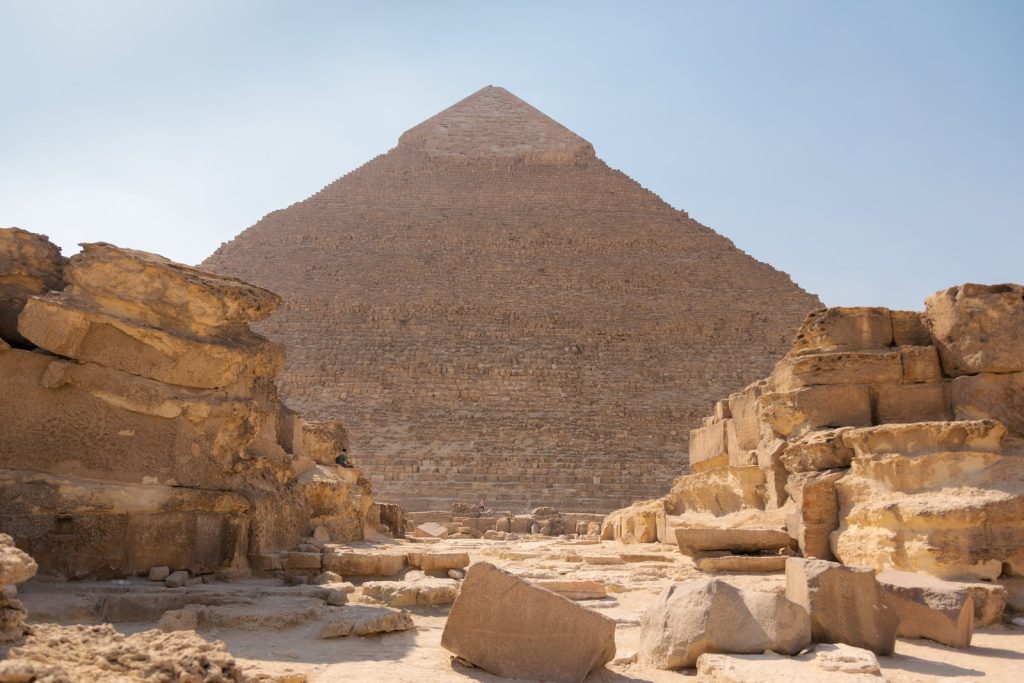
The Great Sphinx, often simply referred to as the Sphinx, is a massive limestone statue that stands approximately 66 feet tall, 240 feet long, and 20 feet wide. It is situated on the Giza Plateau, alongside the pyramids, which include the Great Pyramid of Khufu (also known as Cheops), the Pyramid of Khafre, and the Pyramid of Menkaure.
The Sphinx’s head is believed to represent Pharaoh Khafre, though some theories suggest that it may depict his father, Pharaoh Khufu. This confusion itself is a testament to the enigma surrounding the Sphinx, as its true identity and purpose have been obscured by time and conjecture.
The Ancient Riddle
One of the most significant mysteries surrounding the Sphinx is its age and purpose. Egyptologists and archaeologists have long debated when it was constructed and for what purpose.
Traditionally, the construction of the Sphinx was attributed to Pharaoh Khafre, who is believed to have reigned during the Fourth Dynasty of the Old Kingdom, around 2,550 BCE. According to this view, the Sphinx was built as a guardian monument for Khafre’s pyramid, serving to protect the royal burial site from malevolent spirits and intruders.
But here’s where the enigma begins to unravel. Some recent geological and archaeological studies have suggested that the Sphinx might be much older than previously believed. Renowned geologist Robert Schoch proposed that the erosional patterns on the Sphinx’s enclosure walls indicate that it could date back to as early as 7,000 to 5,000 BCE, pushing its origins back by several millennia.
If this theory holds water (pun intended), it would suggest that the Sphinx predates the known Egyptian civilization, which is an astonishing revelation. This mysterious beast might have a deeper connection to the ancient past than we ever imagined.
The Lost Nose and the Napoleon Connection
Now, you’ve probably heard the curious tale of the Sphinx’s missing nose. The story goes that the Sphinx lost its nose not through the ravages of time, but rather due to an act of vandalism. Some sources suggest that a cannonball fired by Napoleon’s army during his campaign in Egypt in 1798 might have struck and damaged the Sphinx’s nose.
However, there’s more to this story than meets the eye. While the notion of Napoleon’s troops destroying the Sphinx’s nose is a popular legend, there’s actually no concrete evidence to support it. In fact, historical accounts of the time do not mention this specific incident, leaving us with another layer of Sphinx-related intrigue.
The Sphinx and the Stars
Let’s dive into the cosmos for a moment, shall we? There’s a fascinating theory that links the layout of the Giza Plateau, the pyramids, and the Sphinx to the stars in the constellation Orion. Ancient Egyptian beliefs were heavily intertwined with celestial observations, and some researchers argue that the Giza Plateau might be a terrestrial reflection of the stars.
In this theory, the three pyramids are aligned to mirror the three stars in Orion’s Belt, while the Sphinx represents the constellation’s guardian. The precision and symbolism in this alignment, if true, showcase the incredible astronomical and mathematical knowledge of the ancient Egyptians.
The Hall of Records
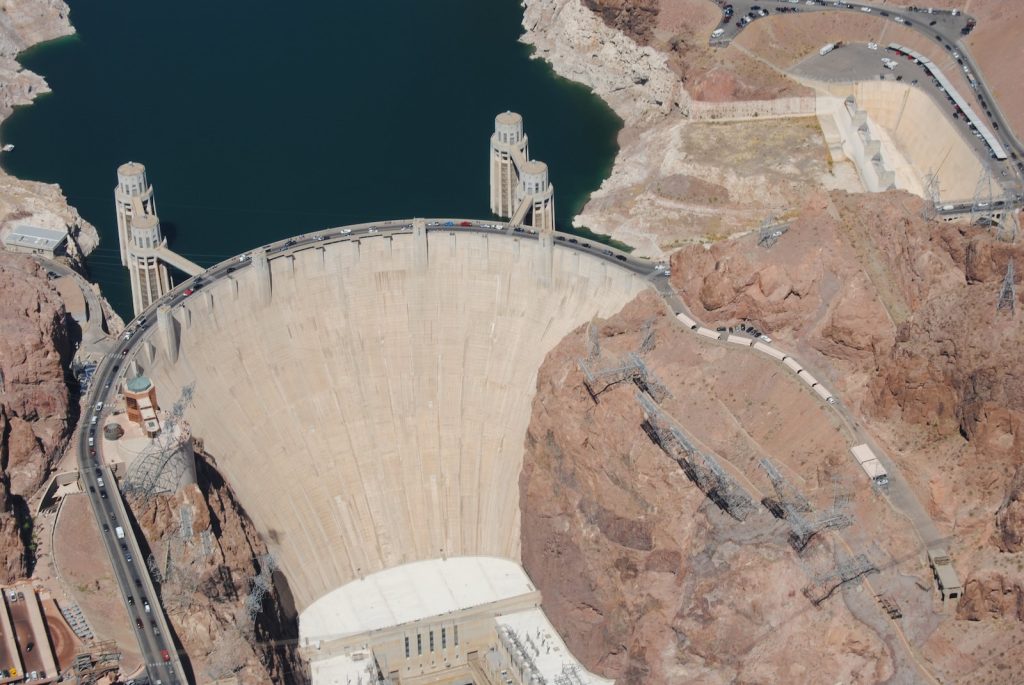
One of the more speculative, yet endlessly intriguing, aspects of Sphinx lore is the idea of a “Hall of Records” hidden beneath its stony paws. Edgar Cayce, a prominent psychic of the 20th century, claimed that the Sphinx guards a secret chamber containing records of Atlantis and ancient knowledge.
Cayce’s claims, though captivating, lack empirical evidence. But the idea of hidden chambers beneath the Sphinx is not entirely far-fetched. Recent ground-penetrating radar and seismic studies have hinted at possible voids and cavities beneath the monument. Whether these cavities contain lost knowledge or something else entirely remains a tantalizing mystery.
Conclusion: Sphinx – The Enigma Endures
In the shadow of the Giza Pyramids, the Sphinx stands as a sentinel to the past, shrouded in mystery, and evoking a sense of wonder. As we’ve embarked on this journey to explore the secrets of the Sphinx, we’ve encountered a multitude of theories, stories, and enigmas that continue to captivate our imagination.
Whether it’s the Sphinx’s true age, its connection to the stars, the missing nose, or the possibility of hidden chambers, the riddles that surround this majestic monument remind us of the infinite depth of human curiosity and the relentless pursuit of knowledge.
As we conclude our exploration of the Sphinx, remember that the beauty of history lies in its capacity to inspire wonder and curiosity. The enigma of the Sphinx endures, and our quest to uncover its secrets continues, offering a glimpse into the boundless mysteries of the past. So, dear readers, keep your sense of wonder alive, and who knows what secrets you might discover on your own historical travels. Until next time, happy adventuring!
Stay curious, stay adventurous, Zora Hood



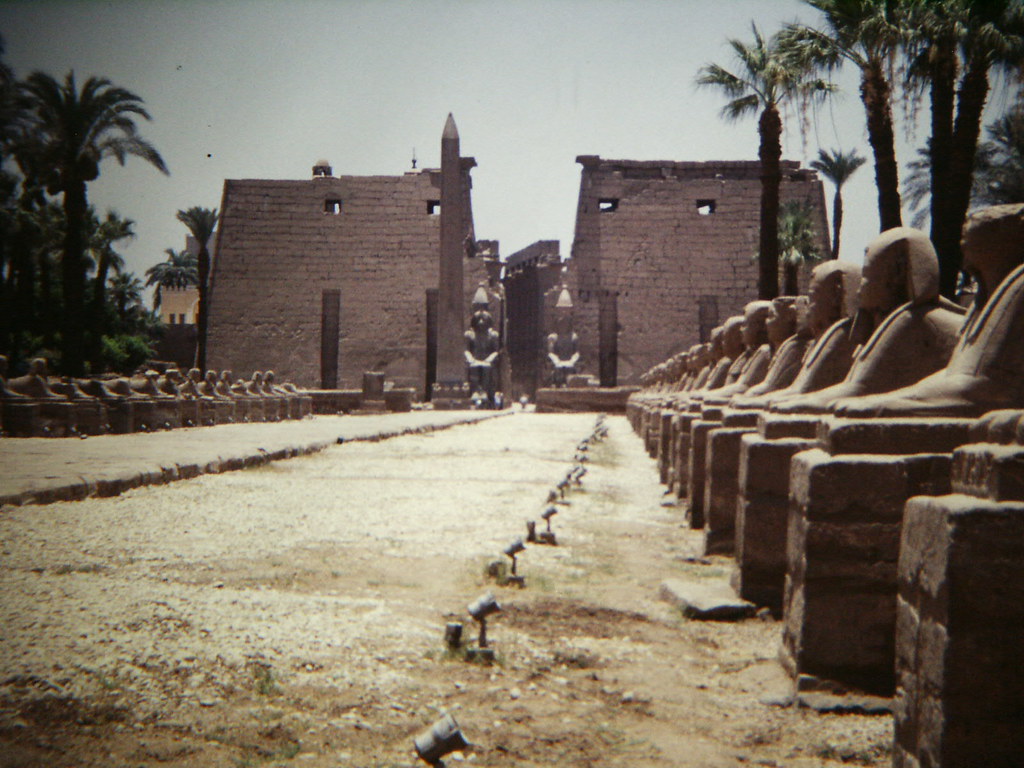
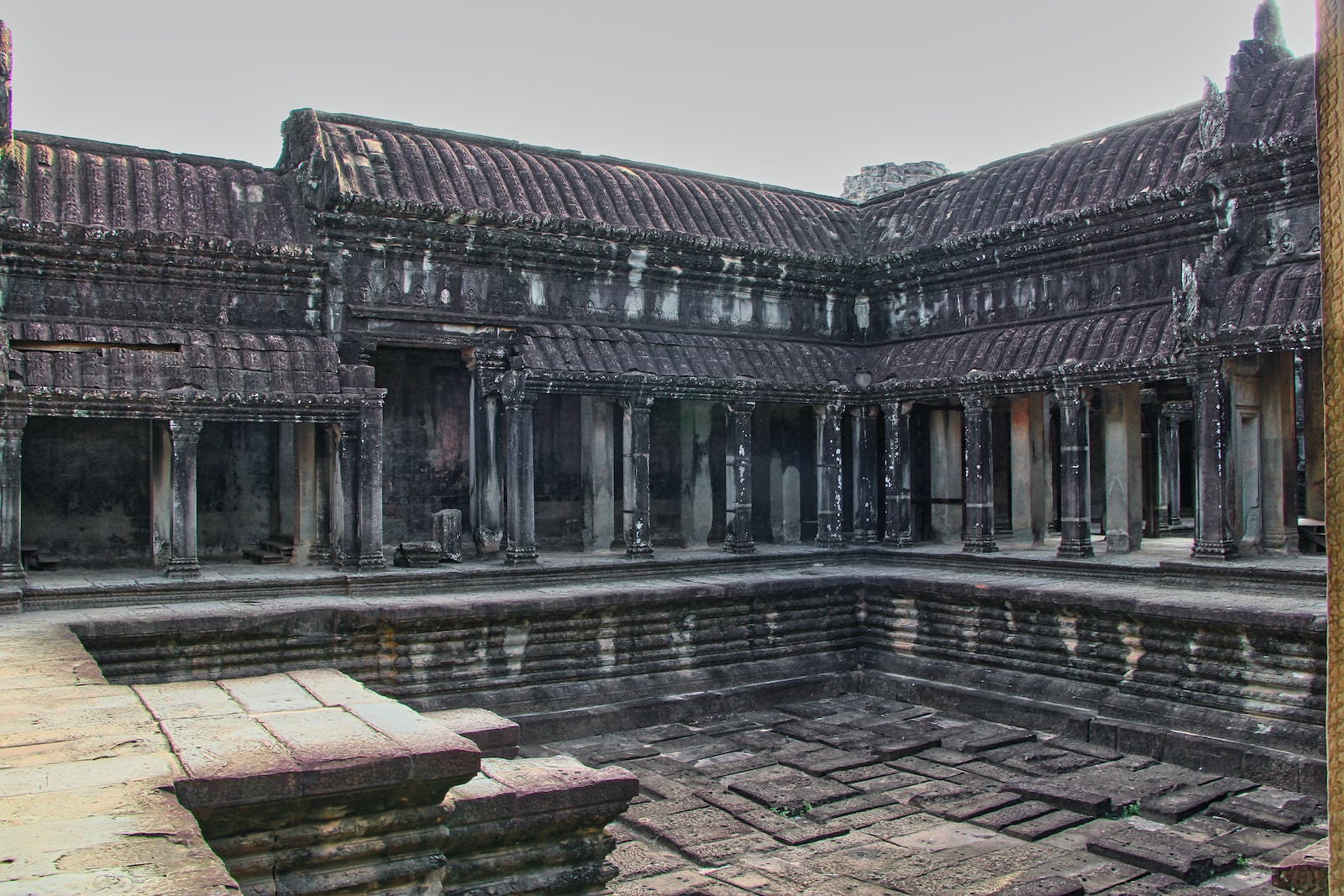











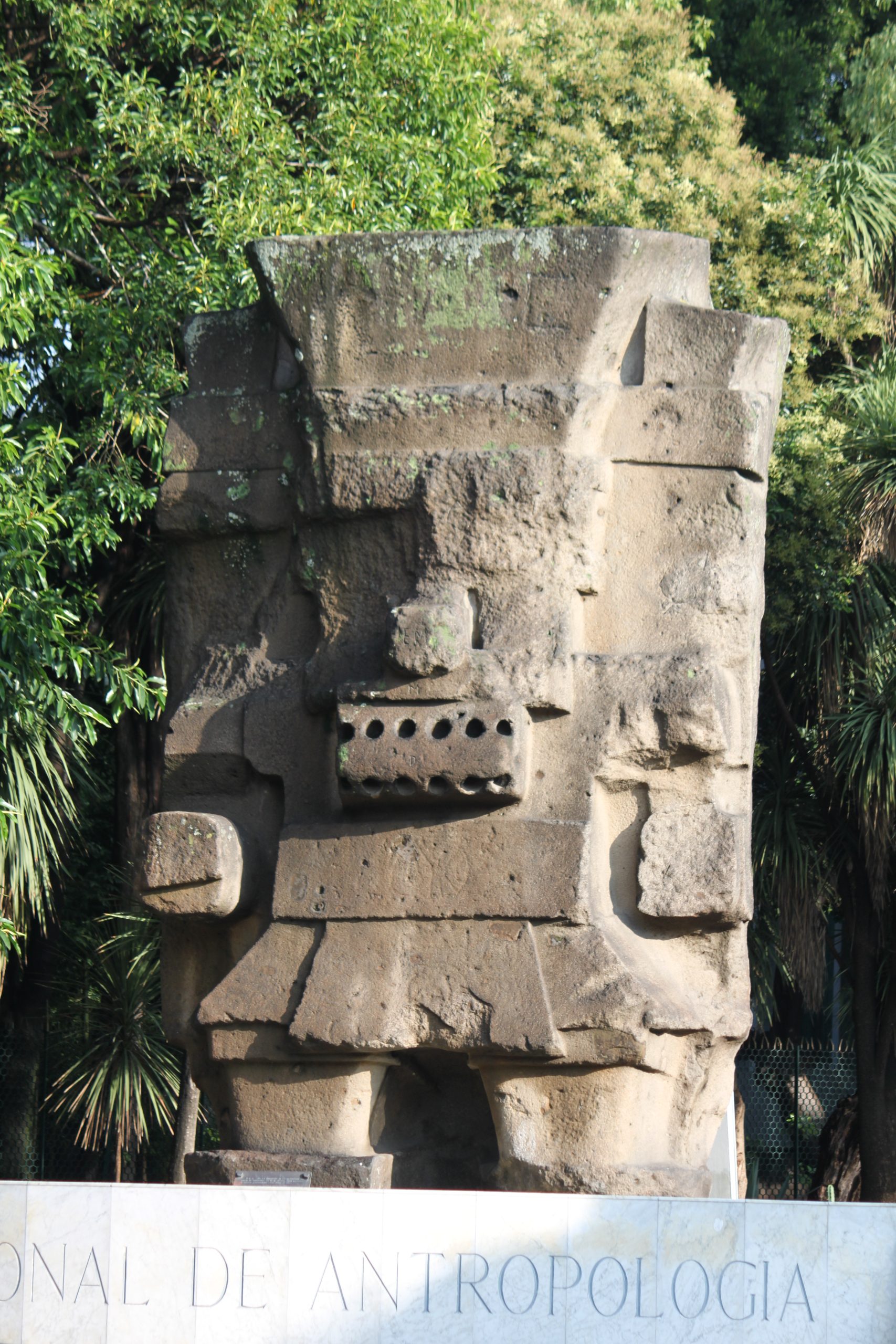

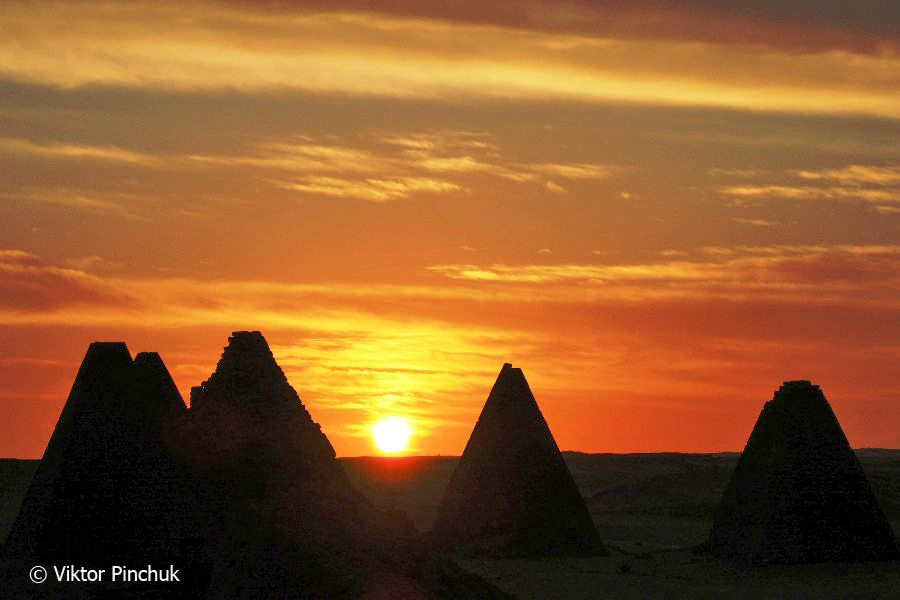
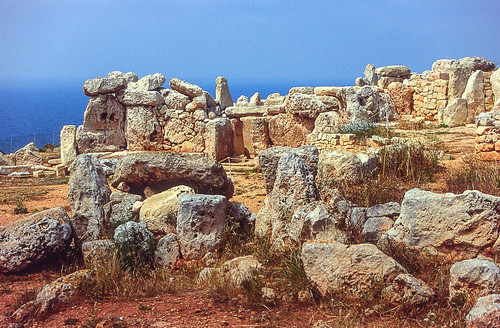
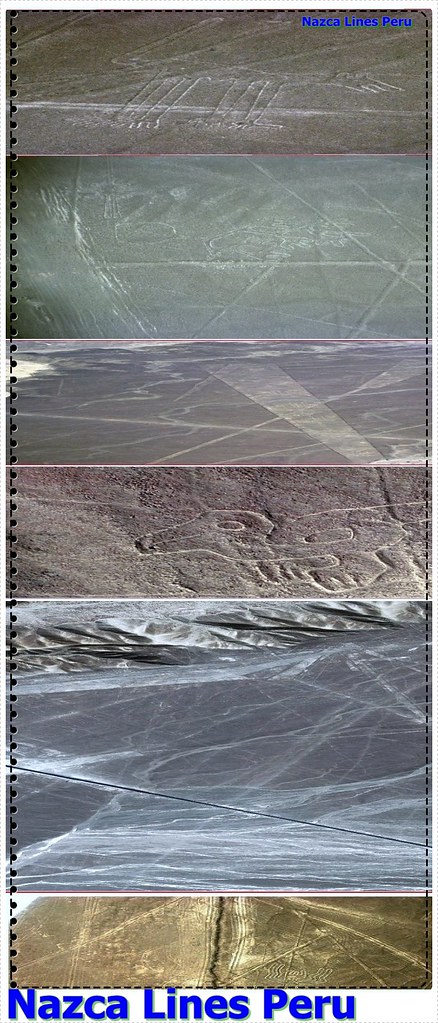
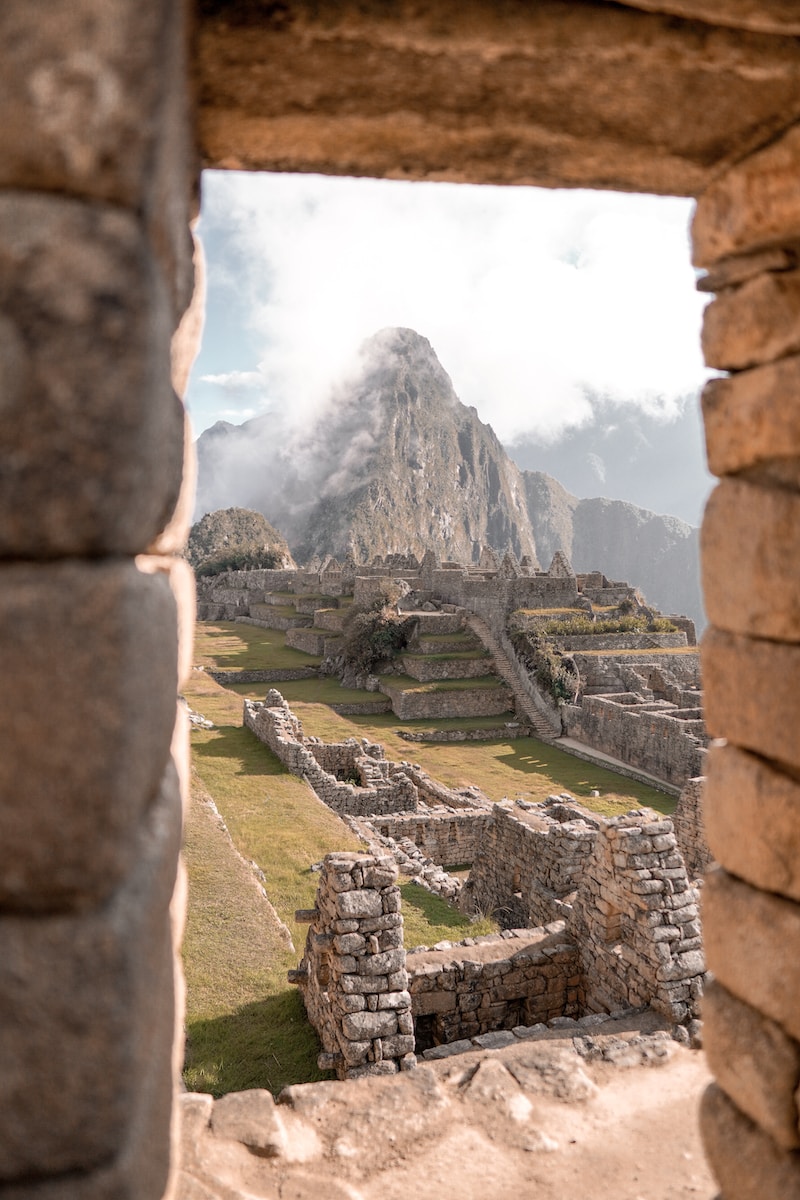

Hello!! My name is Anna
I love to eat, travel, and eat some more! I am married to the man of my dreams and have a beautiful little girl whose smiles can brighten anyone’s day!